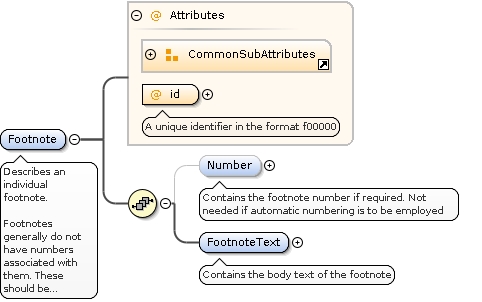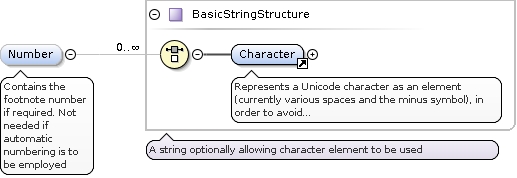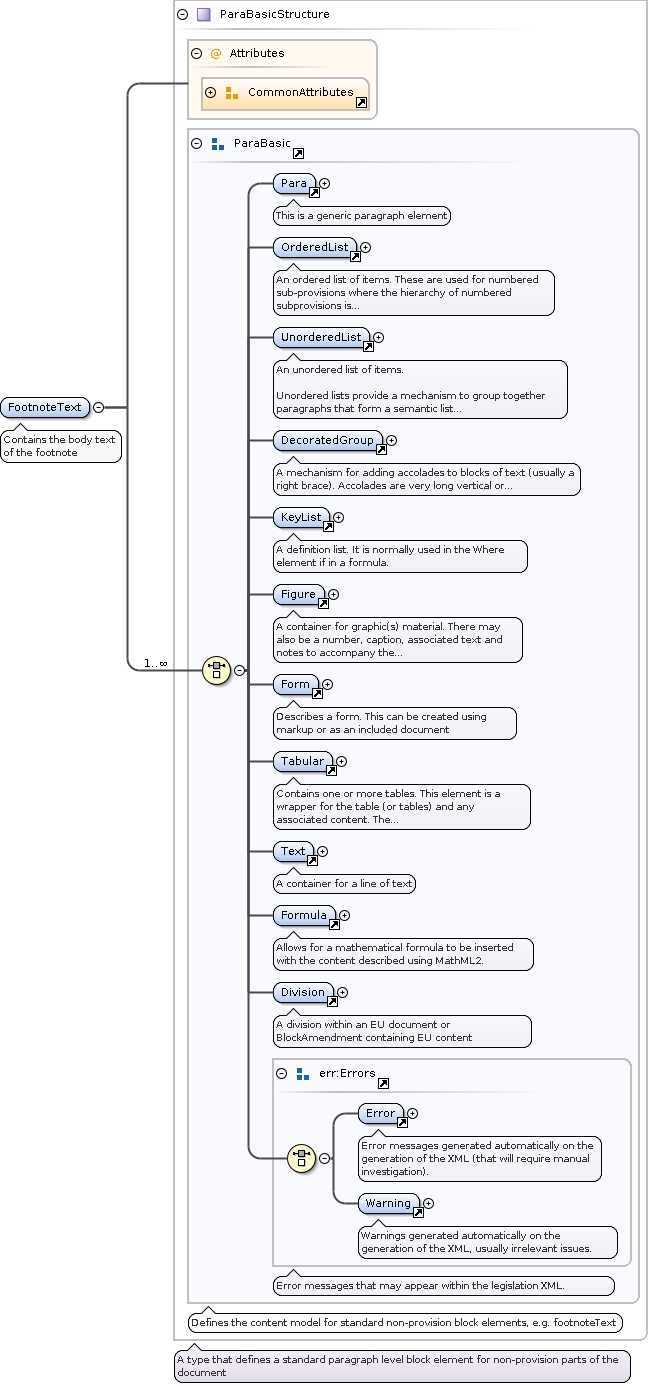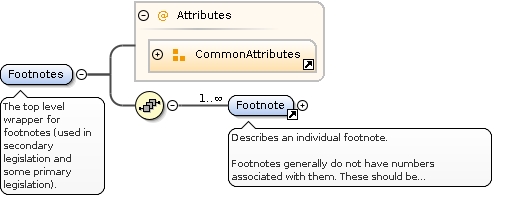| Namespace | http://www.legislation.gov.uk/namespaces/legislation | ||||||||||||||||||||||||||||
|
Annotations
|
Describes a reference (link) to a footnote
|
||||||||||||||||||||||||||||
|
Diagram
|
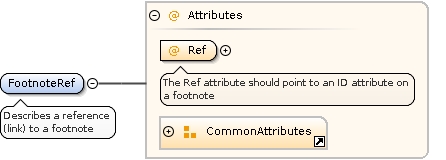 |
||||||||||||||||||||||||||||
|
Properties
|
|
||||||||||||||||||||||||||||
|
Used by
|
|
||||||||||||||||||||||||||||
|
Attributes
|
|
||||||||||||||||||||||||||||
|
Source
|
|
